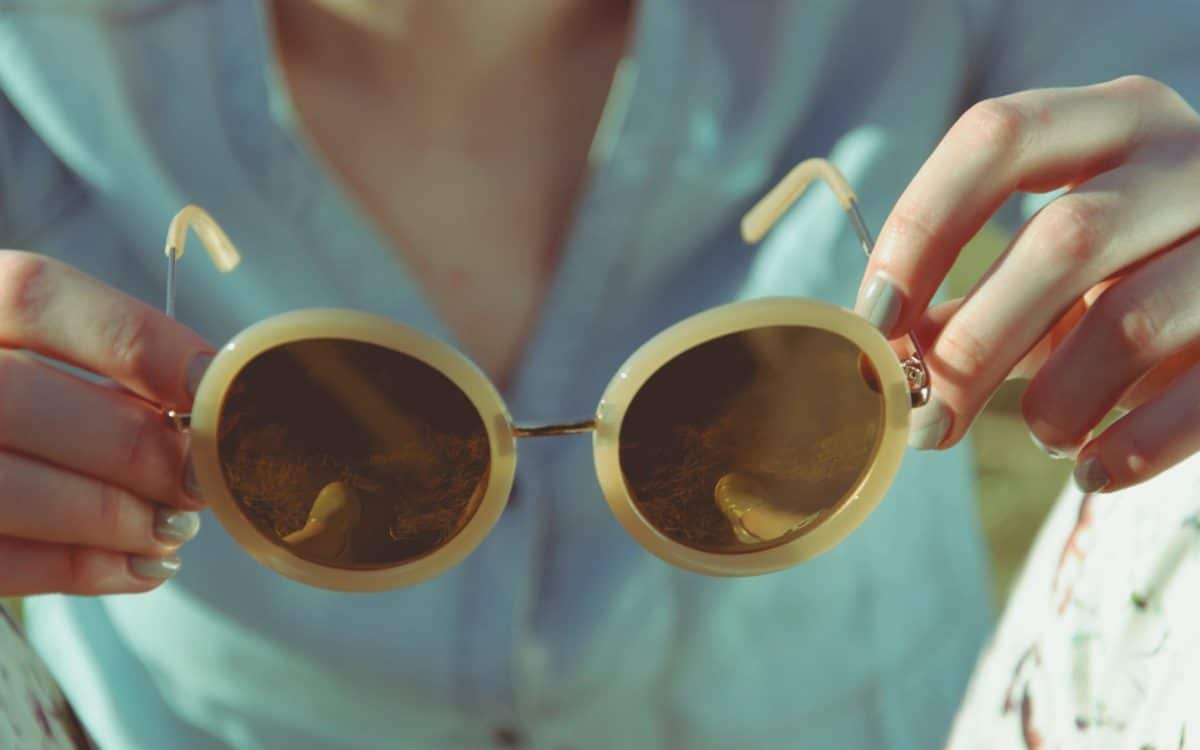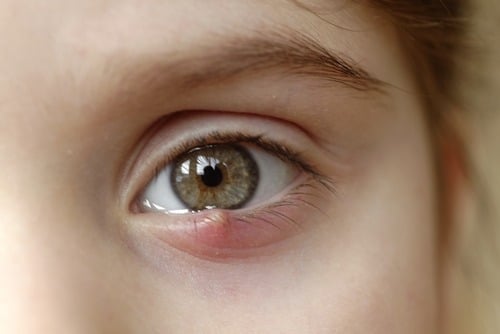How to Choose the Right Pair of Sunglasses
Need a pair of prescription sunglasses? Discover 6 things you need to consider as you select the right pair of sunglasses for you & your family.
How to Choose the Right Pair of Sunglasses
Sunglasses are essential year-around, regardless of where you live. Even on overcast days, your eyes need protected. That’s why effective sunglasses are so much more than style, color, and brand. To get the most out of a pair of sunglasses, they must provide an excellent barrier between your eyes and harmful ultraviolet (UV) rays.
So, if you’re in the market for new shades this summer, be sure to consider these six things before making your final decision. We suggest narrowing your selection starting with eye safety features, and then working your way through more fashionable features (because, we agree, those matter, too).
6 Things to Consider When Searching for the Right Pair of Shades for You
1. Can you get these as prescription sunglasses?
If you only wear eye glasses, or you don’t consistently wear contact lenses, it’s worth considering a pair of prescription sunglasses.
Shifting from artificial light to sunlight requires your eyes to readjust, and throwing on a pair of sunglasses that are not tailored to your precise vision needs can make everything seem out of focus.
Perhaps you forego sunglasses altogether, requiring excessive squinting. Or, maybe you’ve tried the old trick of putting on a pair of sunglasses over your standard eyeglasses.
Why put yourself through all of this? First on your list of sunglass must-haves should be to find a pair that can accommodate your exact prescription.
2. What’s the UV rating on those shades?
Next up in critical sunglass eye care is UV protection. The sun delivers some beautiful days, but never skimps on the amount of harmful UV rays it sends our way to make that beauty happen.
Not all sunglasses protect against UV rays, so it’s crucial you ensure the pair you want blocks 100 percent of UV rays.
UV rays can cause:
- Macular Degeneration, the leading cause of irreversible vision loss in individuals over age 60. The disease occurs when a small portion of the retina, known as the macula, deteriorates.
- Cataracts, a clouding of the normally clear lens of your eye.
- Pterygium, a growth on the white of the eye, involving the cornea, causing vision loss.
- Skin Cancer around the eyelids.
- Corneal Sunburn caused by high short-term exposure to UV-B rays that is very painful and can lead to temporary blindness.
- Wrinkles around the eyes, as a result of constant squinting.
3. What’s your ideal sunglass shape?
Are you trying to find the best pair of sunglasses that suit your face shape? We get it. Keep in mind, though, that bigger sunglasses offer the most protection for your eyes and surrounding skin.
Wraparound-style and oversized sunglasses block more harmful sun rays and help keep out light and rays that could enter from the side of your face.
4. How dark of a lens do you prefer?
The shade of lens is absolute personal preference. You may like a lighter shade or need a darker tone. You may even be in search for pink or green hued lenses. Several sources say brown, orange and yellow tints provide the best UV protection. But, it’s important to know that darker lenses don’t necessarily block more UV rays, and one color of lens isn’t always better than another.
Different colors and shades of lenses simply offer different light contrasts. Just be sure the lenses offer 100 percent UV ray protection.
5. Are you being realistic with comfort and durability?
Some sunglasses can be very stylish but lack in comfort and performance. It’s important to try on sunglasses before you commit them as your eye protection. Some may be too tight around your face. Others may be too loose, giving you a constant battle of keeping them from slipping down your nose or falling off your face.
Understand where you’ll be wearing your sunglasses and how sturdy you need them to be. Will you be very active while wearing them? Will you use them for walks or commuting?
Your optometrist can help fit you to the pair of sunglasses that will match your level of activity.
6. How much are you willing to spend?
While you may be in search for the perfect pair of Ray Ban prescription glasses, Oakley prescription glasses, or any other coveted brand-name shade, you don’t have to shell out a lot of money to offer your eyes the protection they need.
Of course, Ray Ban, Wiley X and Oakley offer fashionable options, but you can always find other stylish options that fit your face shape and genuinely make you feel confident and protected for less money.
7. Can’t find the right color and darkness that feels good?
With summer knocking at the door, let the eye experts at iCare Vision help you find your perfect pair of sunglasses. Come see our in-house collection consisting of high-end brand names, like Ray Ban prescription glasses and Oakley prescription glasses, and other stylish and durable options that allow you to save.
We’ll help match you, your vision and your personality to the right pair of sunglasses. You can also have our licensed opticians modify the tint in prescription lenses to get more darkening or less darkening effect.
We can also help you select a pair of transitions or photochromic lenses – lenses that change depending on brightness.
iCare Vision offers shades for the entire family and for a wide array of lifestyles, such as daily wear, reading, sports, driving, and more.
Give your eyes the protection they need this summer and year-round.


